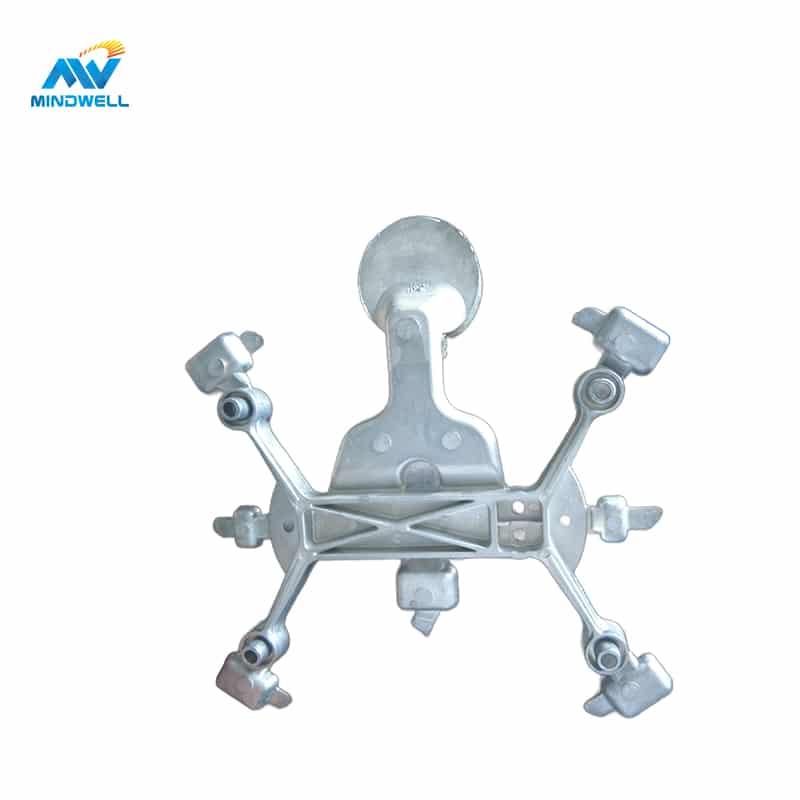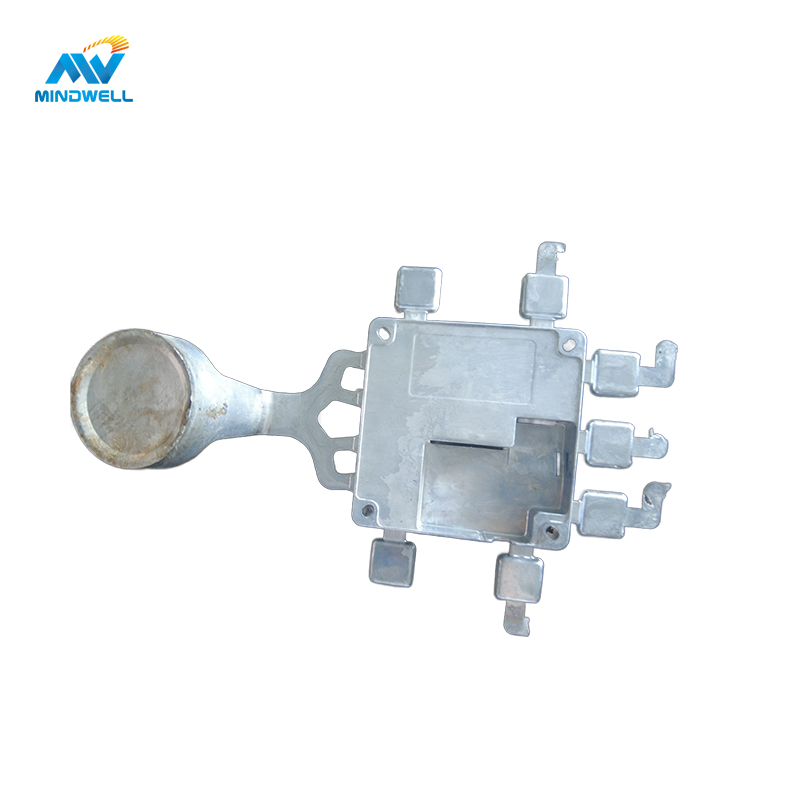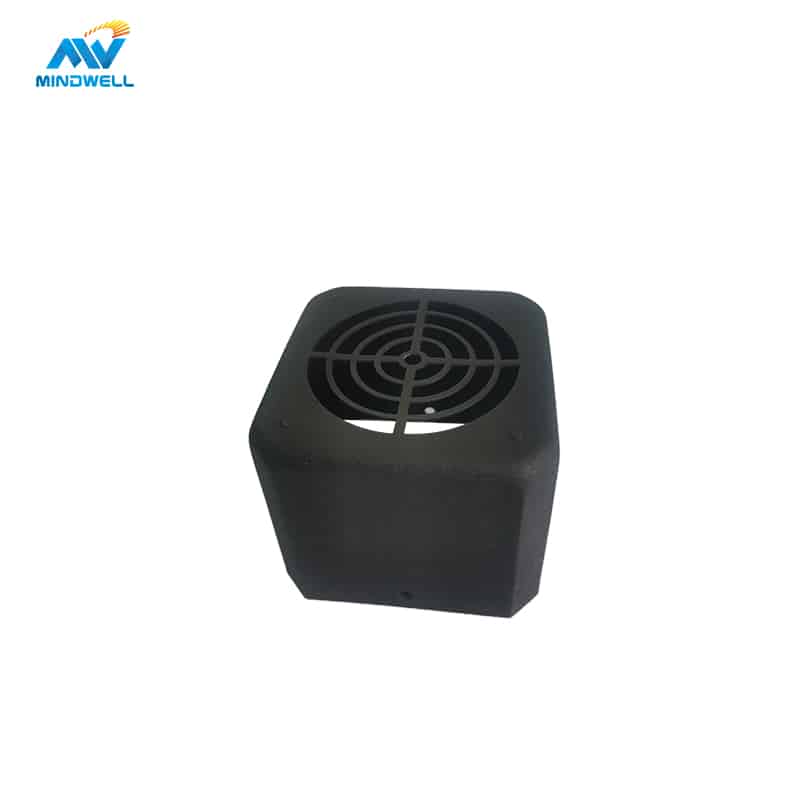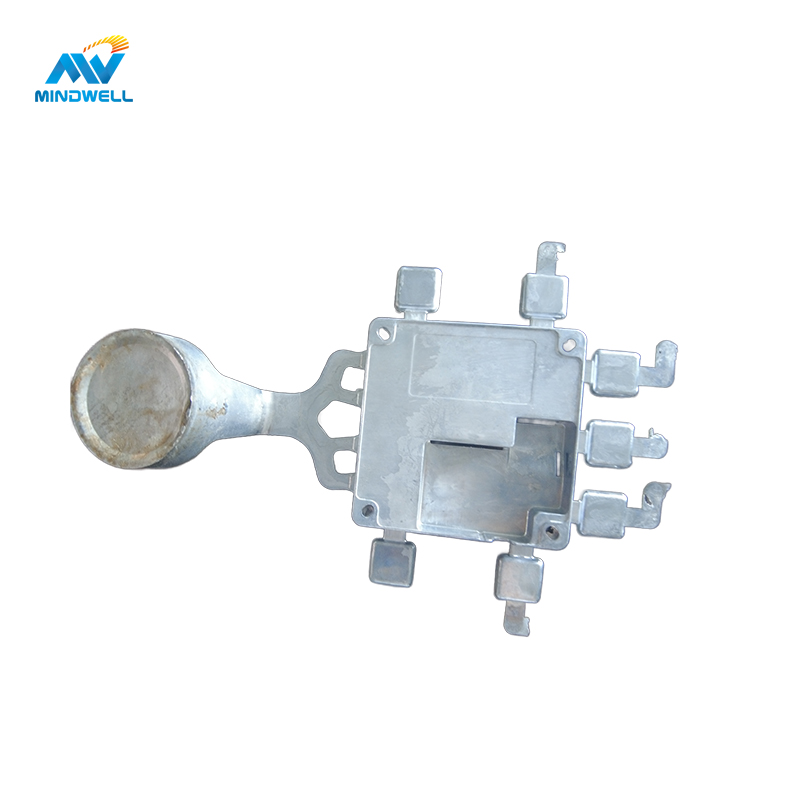Pressure die casting is a metal casting process that involves injecting molten metal alloys under high pressure into steel molds or cavities. Molten metal is forced into the mold cavity where it solidifies and assumes the shape of the cavity.
The pressure die casting process is widely used to produce complex shaped metal parts with high precision and dimensional accuracy. From small and complex parts for engines, appliances and electronics, to large and complex parts for automotive and aerospace applications. The process is particularly popular in high-volume production because it quickly and efficiently casts parts with high precision, minimal porosity and excellent surface finish.

working principle
The die casting process starts with the preparation of the mold. The mold usually consists of two halves, the “cover mold” and the “ejector mold”, which are lubricated to facilitate ejection of the casting and then closed tightly. Molten metal, usually an alloy of non-ferrous metals such as aluminum, zinc or magnesium, is then injected at high speed and pressure into the closed cavity. The high pressure ensures that the molten metal fills all the intricate details of the mold, and when the molten metal has solidified within the cavity, the mold is opened and the casting is ejected using ejector pins or other mechanisms. Precisely machined to form a highly accurate and detailed end product.
Castings produced by die casting are often characterized by excellent surface finish, dimensional consistency and high strength. They usually require minimal post-processing or machining.
Advantages of pressure die casting
- High precision: Pressure die casting is known for its high precision and consistent dimensional stability, and molds are precision machined to ensure consistent reproduction of intricate details and tight tolerances.
- Repeatable Quality: The process can be easily replicated, ensuring consistent quality from one batch to the next.
- Faster production speed: Pressure die casting is faster than other casting processes and can produce thousands of high-quality parts in a short time.
- High strength: Die casting parts are usually stronger and more durable than parts produced by other casting methods.
- Cost-effectiveness: Pressure die casting is more cost-effective than other casting processes, especially for mass production.
- Wide range of materials: Die casting can be performed in a variety of materials, including aluminum, zinc, magnesium, brass and copper.
- Minimal machining required: Pressure die casting produces castings with smooth surfaces, reducing the need for additional finishing operations. Die castings require little secondary machining, reducing production costs and lead times.
Die casting application
Pressure die casting is used in a variety of industries, including:
- Automotive and Aerospace: Die castings are widely used in the automotive and aerospace industries due to their strength, durability and weight saving properties.
- Electronic products: Die casting is used to produce housings, connectors and other parts of electronic equipment.
- Electrical appliances: Die-casting is used to produce parts of electrical appliances such as refrigerators, washing machines, and vacuum cleaners.
- Lighting: Die-casting parts are used to produce high-quality and precise lighting fixtures.
- Medical devices: Die casting is used to produce medical components such as orthopedic implants and surgical instruments.
Samengevat
Die casting is a versatile and efficient metal casting process that offers many advantages including high precision, consistent quality, faster production, high strength and cost-effectiveness. It is used in a wide variety of industries, from automotive and aerospace to electronics, appliances and medical equipment. If you require high quality, precision metal parts, MindWell’s pressure die casting can be the ideal solution for your manufacturing needs.






